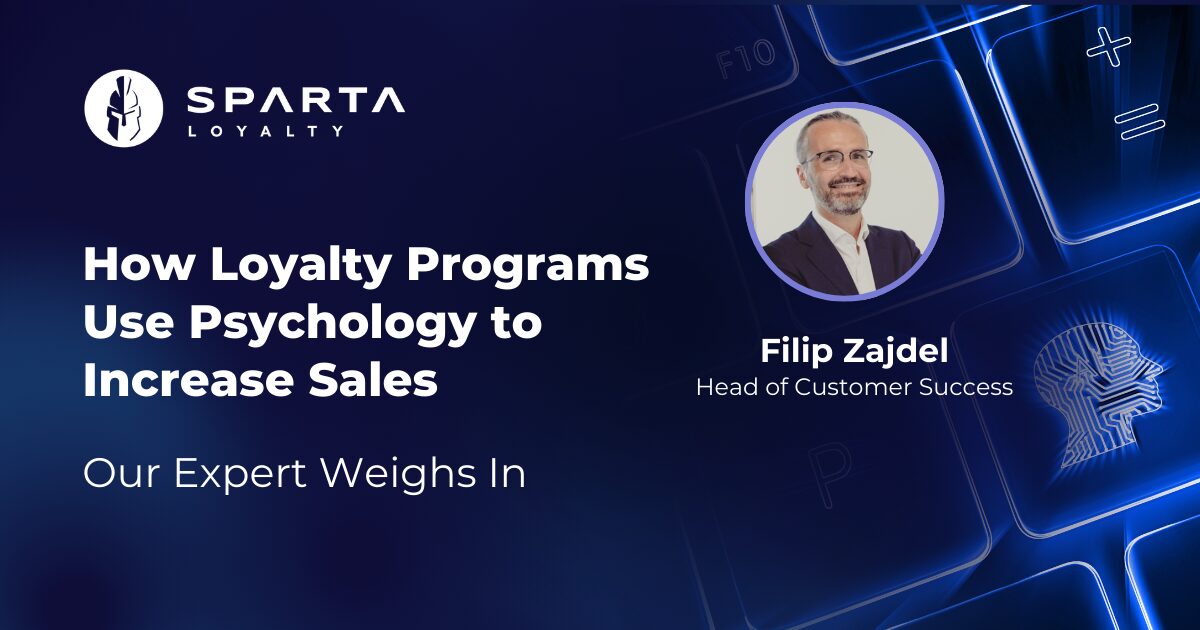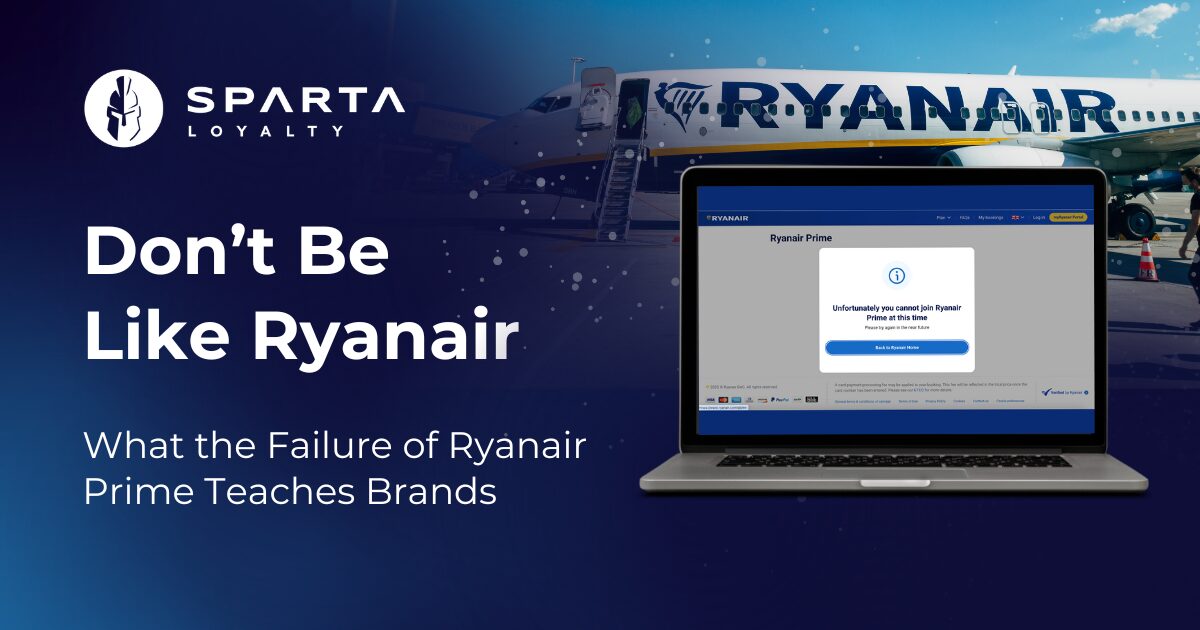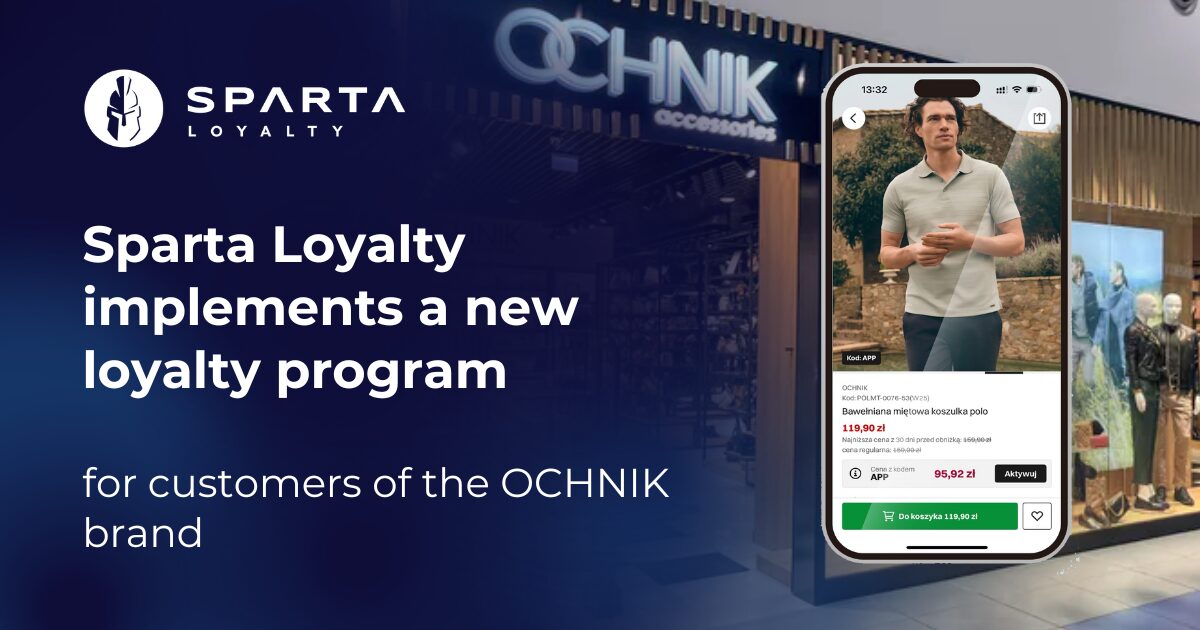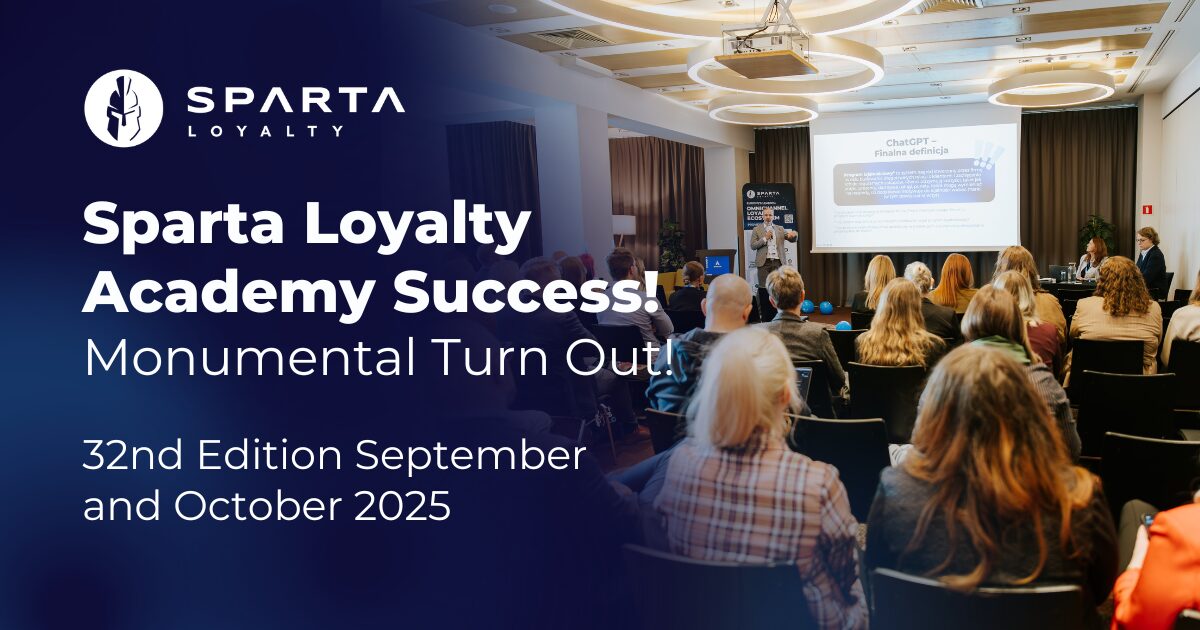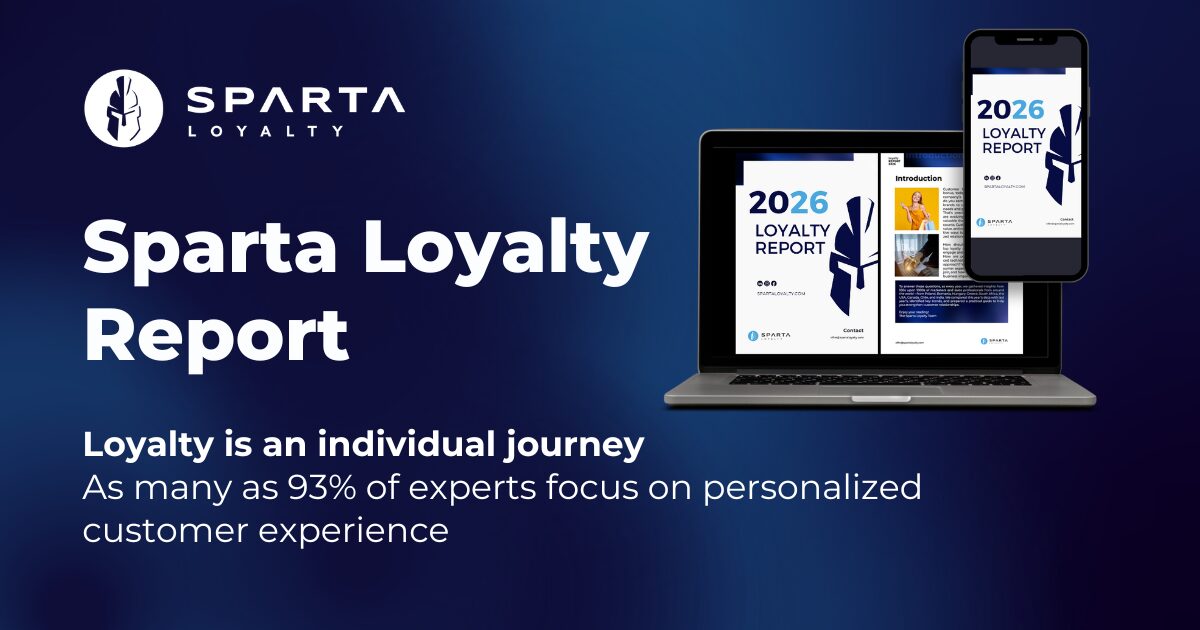The pre-progress effect, also known as the endowed progress effect, is a psychological phenomenon that suggests people are more motivated to achieve a goal if they feel they have already made some progress towards it—even if that progress is illusory.
– This effect can be easily applied in loyalty programs. One way is to offer consumers a discount, coupon, or extra points upon registration in the loyalty program. Another option is to shorten—even completely illusorily—the distance to achieving a reward. Simply offering bonus points can suffice. Why? Because people are more likely to continue a task if they feel closer to completing it. Even a small initial progress can significantly increase their motivation – adds Filip Zajdel.
How does this work in practice?
Research shows that customers are more likely to use discount cards for collecting stamps if the first two stamps are already affixed when they receive the card. These individuals also tend to make more transactions, thus becoming more loyal customers.
Goal Gradient Effect
The goal gradient effect is a psychological phenomenon that describes people’s tendency to increase their effort as they get closer to achieving a goal. In other words, the closer we are to the finish line, the more motivated we become to reach it.
– The feeling of being close to completing a task is a strong motivator, and the progress we see strengthens our determination. This can be effectively utilized in loyalty programs. For example, in programs offering participation levels, customers increase their consumption and number of transactions to reach the next level if they are already close to it. Therefore, it is crucial to inform participants about their current stage in the program. This can be achieved by displaying a visual progress bar that shows customers how much remains until they earn their reward.
How best way to use the goal gradient effect in loyalty programs?
– Offer attainable rewards: Over half (59%) of consumers surveyed for the Loyalty Insight report believe that loyalty programs take too long to deliver rewards.
– Send notifications: Send reminders about reward balances or indicate what needs to be done to reach the next level.
– Communicate appropriately: When addressing infrequent shoppers, focus on progress already achieved. When speaking to frequent buyers, emphasize how much remains until reaching the goal.
Hyperbolic Discounting
Hyperbolic discounting is a psychological phenomenon describing people’s tendency to overvalue immediate rewards compared to delayed ones, even if the delayed rewards are significantly larger. In short, it means we have a strong preference for immediate gratification, even at the expense of long-term benefits.
– Much depends on when consumers can obtain the smaller reward. If the time until receiving it is short, they are more likely to choose the lower-value reward available immediately. However, if both rewards require waiting, they are willing to wait longer for greater value – says Filip Zajdel.
Hyperbolic discounting leads to impulsive decisions because people are more inclined to succumb to temptations offering immediate rewards. How can this be leveraged in loyalty programs?
• Time-limited offers: Create promotions available only for a short time. A sense of urgency makes customers more likely to act immediately (weekend offers, happy hours, limited promotions).
• Cumulative promotions: Set goals that customers can achieve within a short time (e.g., spending a certain amount within a month or making a specific number of transactions) and offer rewards once the goal is met.
• Daily offers: Provide daily or weekly promotions encouraging frequent purchases, e.g., “Get 10% off every purchase this week.”
Framing Effect
The framing effect demonstrates how the presentation of information influences our decisions and judgments. Simply put, how something is framed can change how we perceive it and what decisions we make.
– How we frame messages in loyalty programs truly matters. There’s a difference between spending and saving, between talking about losses and talking about gains. The way information is constructed translates into participants’ emotions and thus impacts their purchasing decisions. The same product can be described as “containing 20% fat” or “80% fat-free.” The latter message will be better received – argues Filip Zajdel from Sparta Loyalty.
How does this work in practice?
- Replace: “Especially for participants, the product price is 100 zł” with: “Especially for participants: 50% off on a product worth 200 zł.”
- Swap: “Use 50% discount” for: “Save 50 zł.”
- Reframe: “Spend 200 zł to unlock a free flight” as: “Earn 200 points to unlock a free flight.”
- Change: “Pay 30 zł for the product” into: “Pay 50 zł for the product and receive a gift worth 20 zł.”
Understanding the psychological mechanisms driving customers’ purchasing decisions is key to the success of any loyalty program. Leveraging various psychological effects allows for creating effective strategies that increase customer engagement and build lasting relationships with brands. In marketing—where emotions often outweigh rationality—knowledge of human psychology can prove to be the most powerful weapon.



